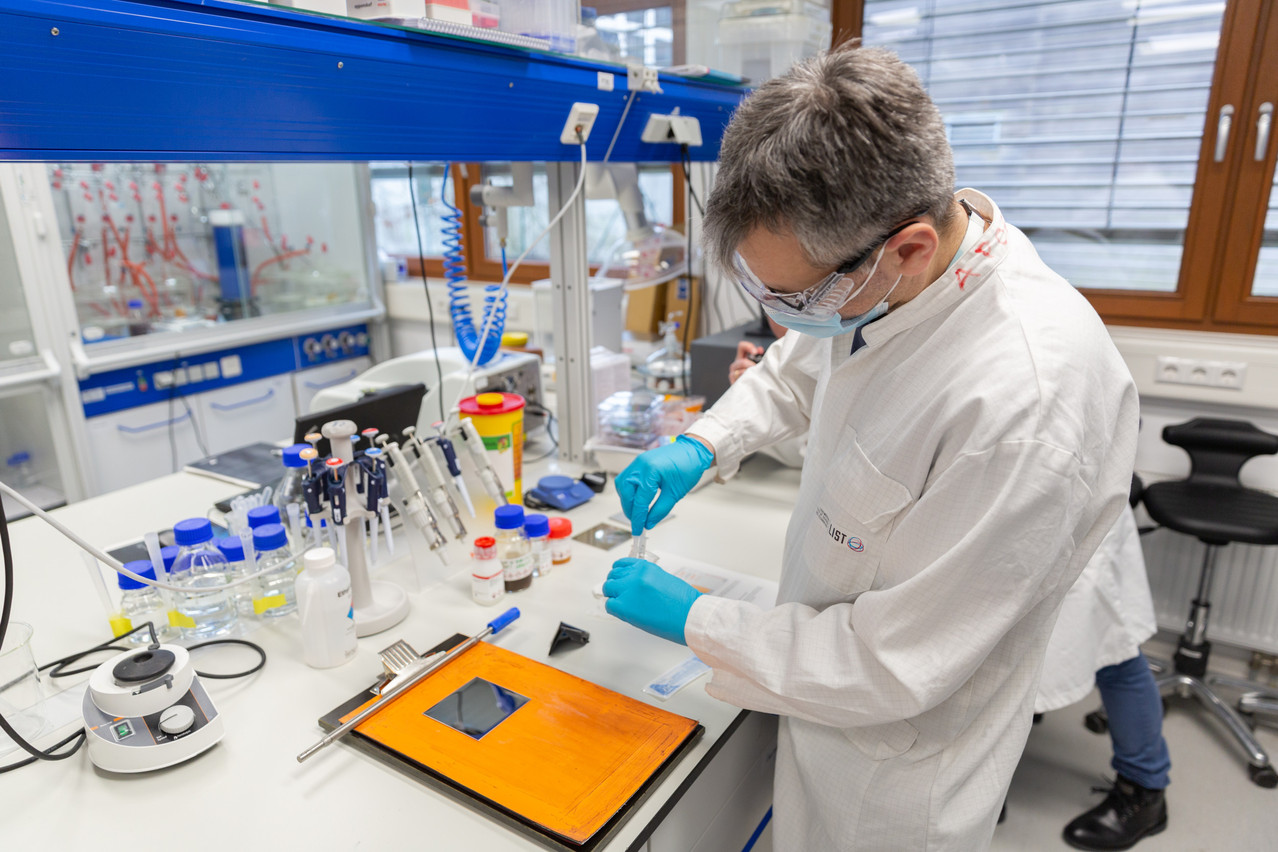In the public sector Luxembourg spent the most per capita in the EU --if higher education spending is not taken into account. If it is, the country slides to second place. “Actually this agglomeration is not perfect because in some countries, the private higher education sector also contributes in performing R&D, but it is less the case here in Luxembourg,” explains Vincent Hein, senior economist at Luxembourg think tank Idea.
Nevertheless, the grand duchy’s government remains a big spender in R&D per capita. This manifests in the financial contribution--a combined €110m--to the budgets of the Luxembourg Institute for Science of Technology (List), the Luxembourg Institute of Socio-Economic Research (Liser) and the Luxembourg Institute of Health (LIH) for 2022. Support for the national research fund FNR (€70m for 2022), which finances public and private projects, as well as the Statec research centre also fall in the government R&D spending bracket. Government-owned companies Post and CFL do not fall in this category, however, as public enterprises are included in the business sector.
The grand duchy ranked first in public R&D spending per capita but it places 19th in total R&D expenditure (public and private) and 9th when comparing per capita numbers. “The high level of Luxembourg's GDP plays a role in the weakness of the indicator. Luxembourg's GDP per capita is almost 3 times higher than the EU average,” says Hein.
Financial sector brings imbalance
Private investments in R&D in Luxembourg perform much worse than public investments. Businesses’ contribution to Research and Development accounted for 0.6% of the country’s GDP compared to an average 1.5% for the EU, leaving the country in 19th place. However, Luxembourg’s economy by its structure makes it difficult for private R&D to reach similar levels as in other countries.
“In the grand duchy, as elsewhere, R&D activities are highly concentrated in industry. However, the weight of financial services (a sector that is not very intensive in R&D) in the Luxembourg economy is such that Luxembourg's economic structure is by definition not very intensive in R&D,” says Hein.
Read also
Private R&D less impressive
In Luxembourg, 61% of private R&D is carried out by industry and 73% of expenses in that field are made by companies with more than 250 employees. Hein speculates that most private R&D could be done by international industrial groups present in Luxembourg and providers of engineering and design services in various fields.
In 2020, Luxembourg missed its R&D target from 2.3% to 2.6% of its GDP, reaching just 1.13%. But so did the EU on average with estimates showing 2.3% of the bloc’s GDP being spent on R&D while the target was 3%. The EU through its European Semester--the exercise of economic policy coordination--has consistently recommended stronger investments at national and regional level. The bloc has also made available resources from its budget to R&D through its Horizon Europe programme.
The pandemic and the subsequent energy crisis have put a strain on public spending but it is difficult to say if that has resulted in a stagnation of R&D expenditure.
